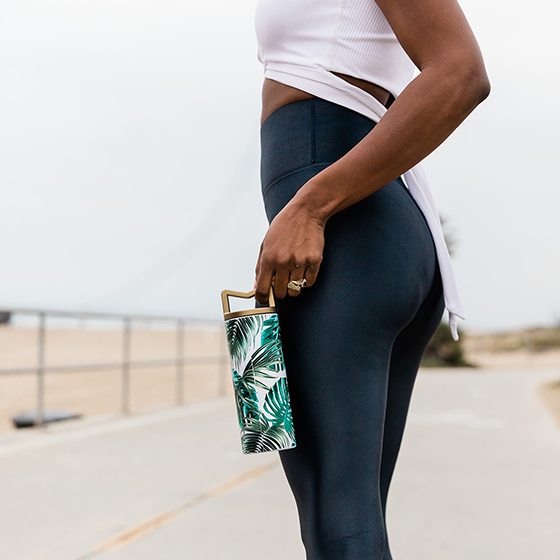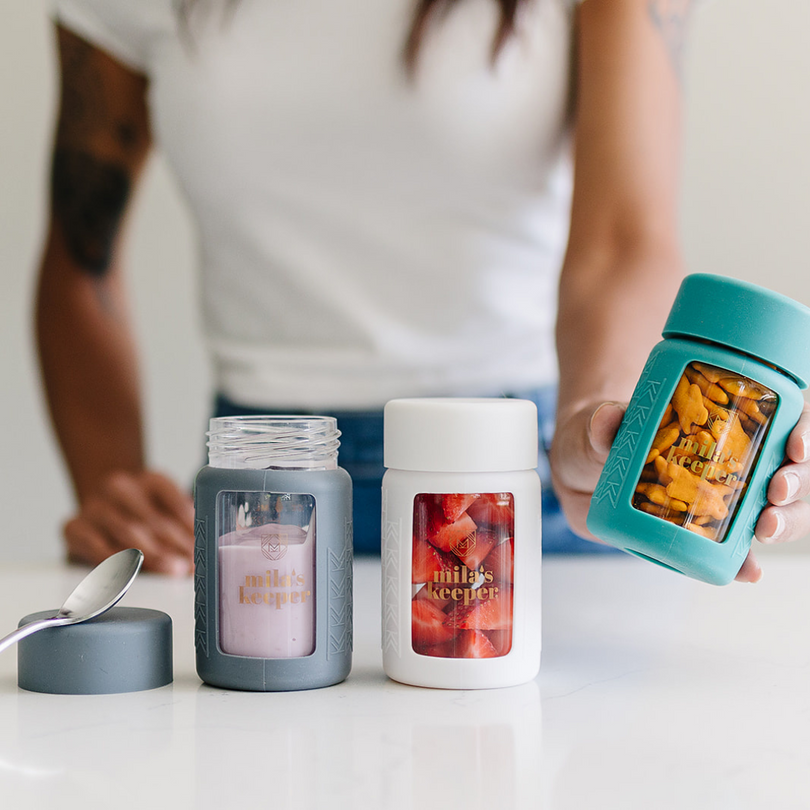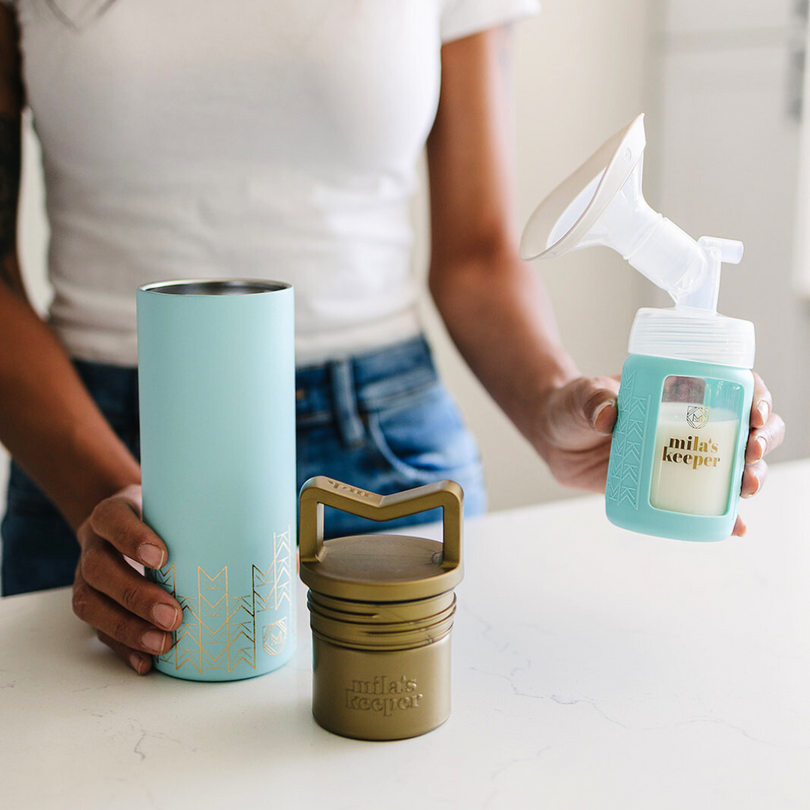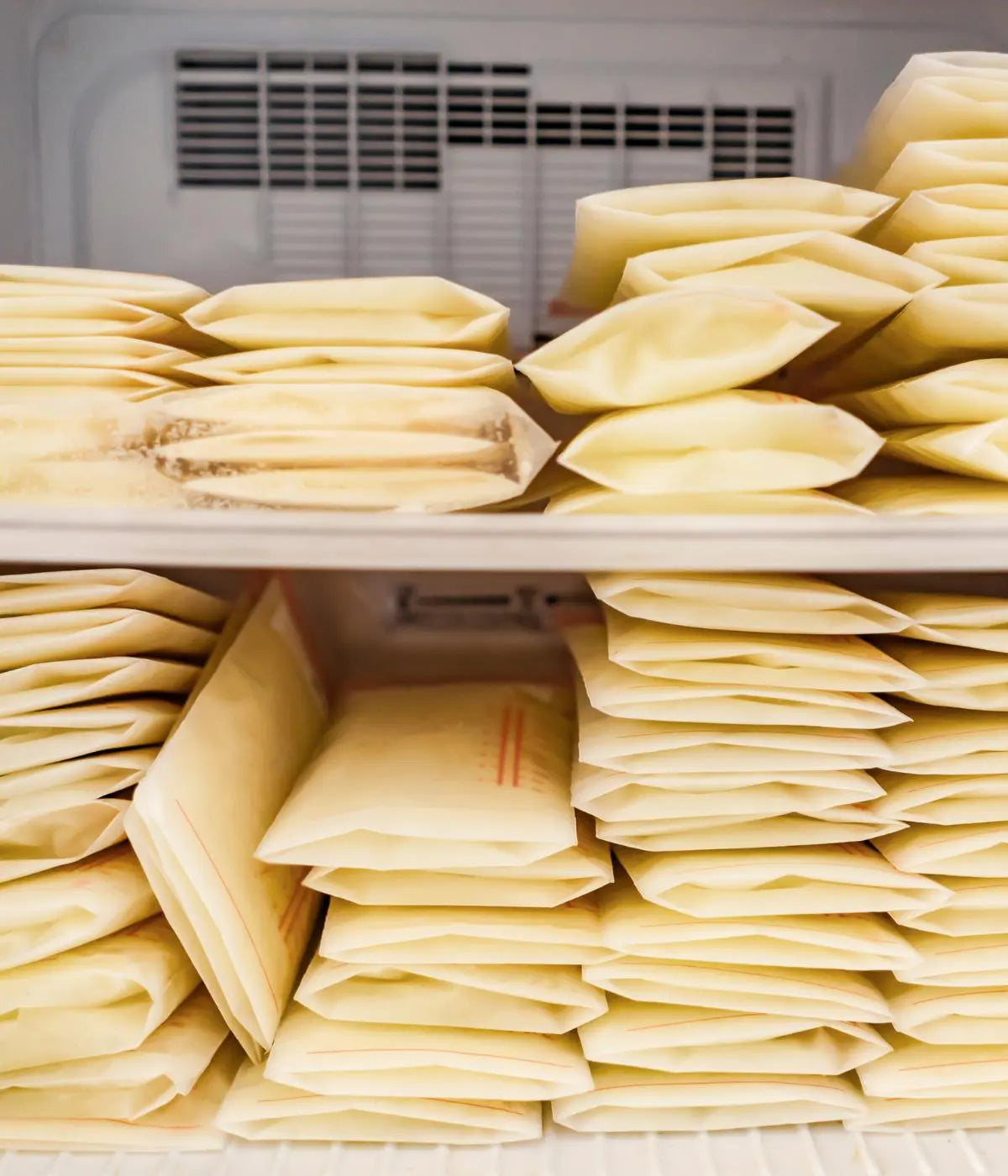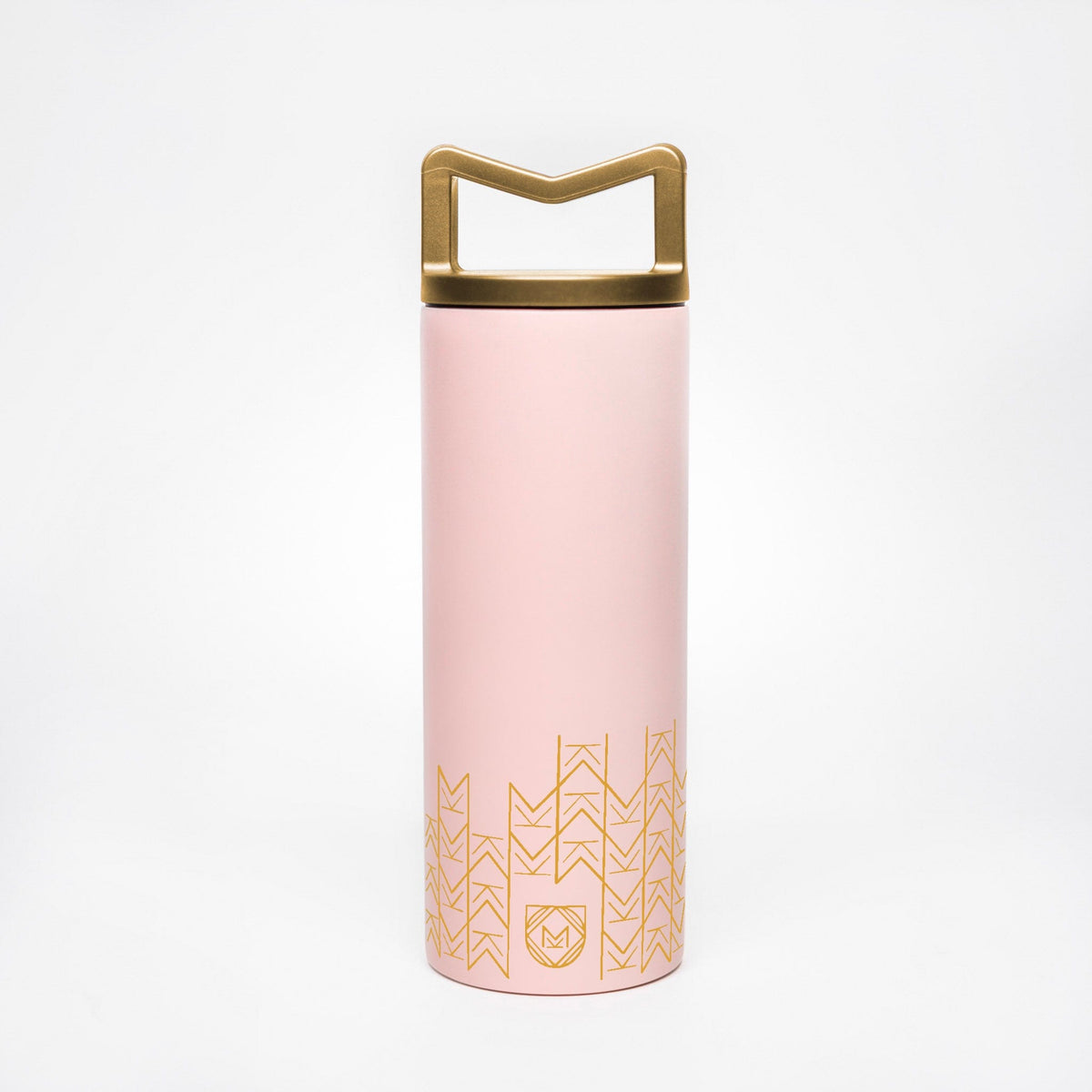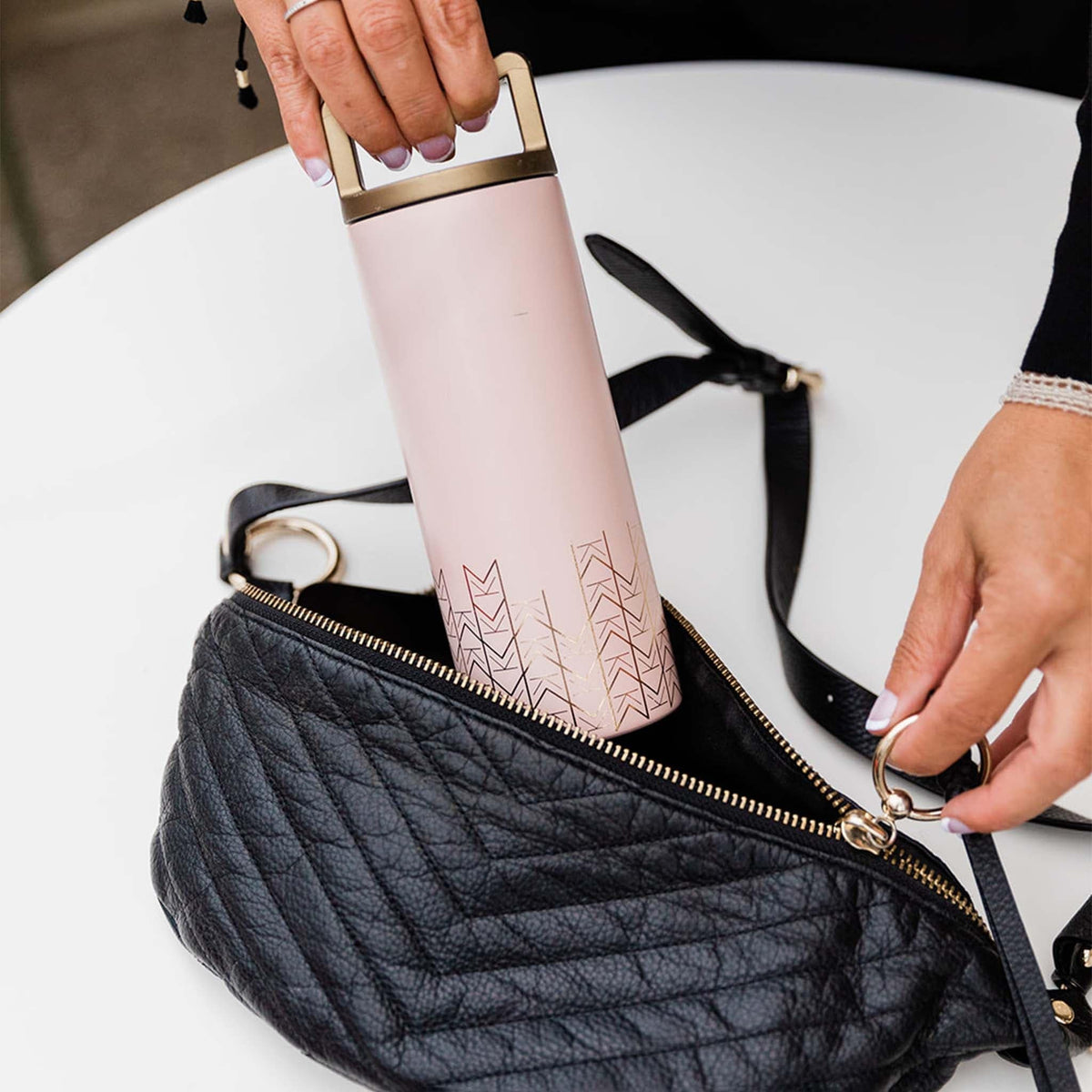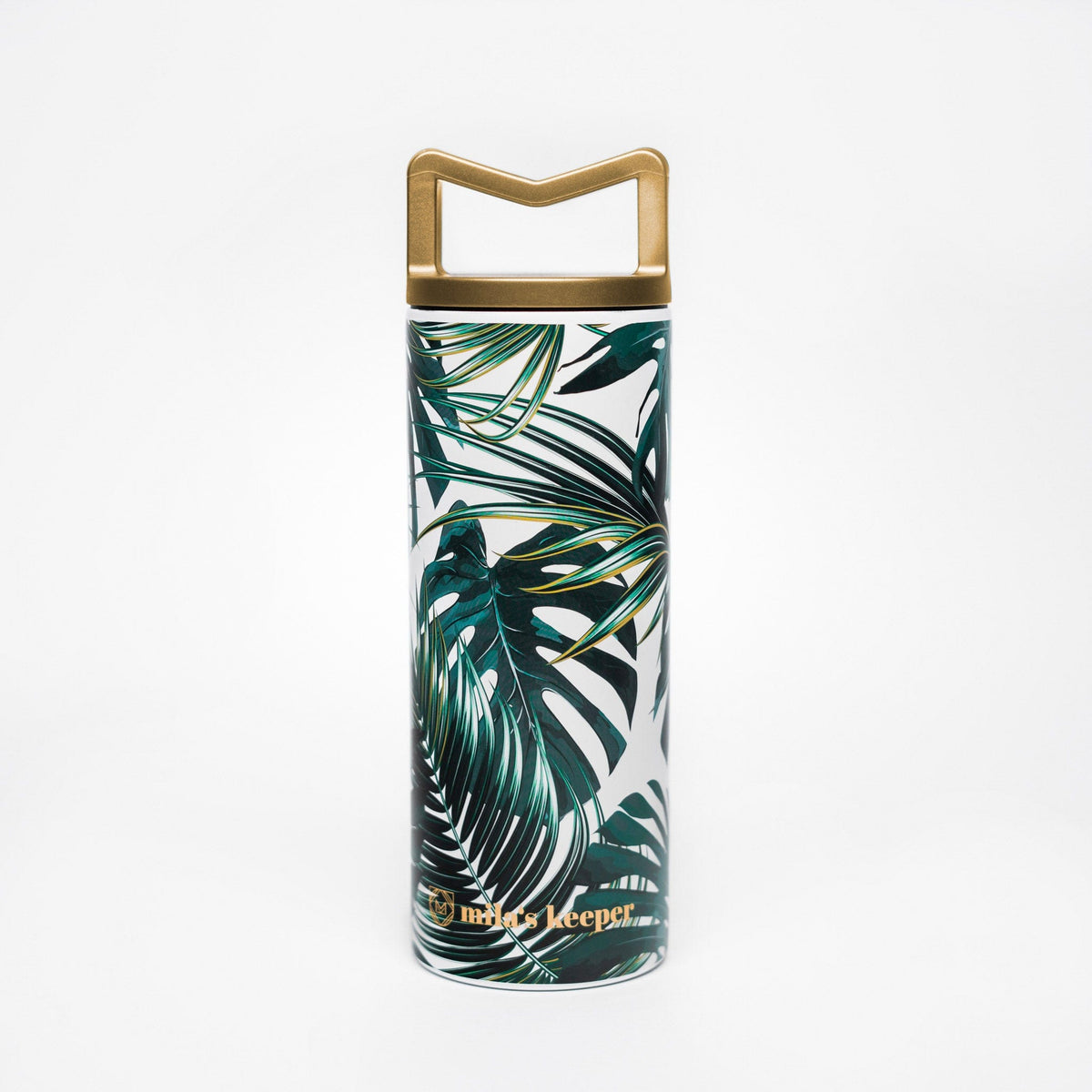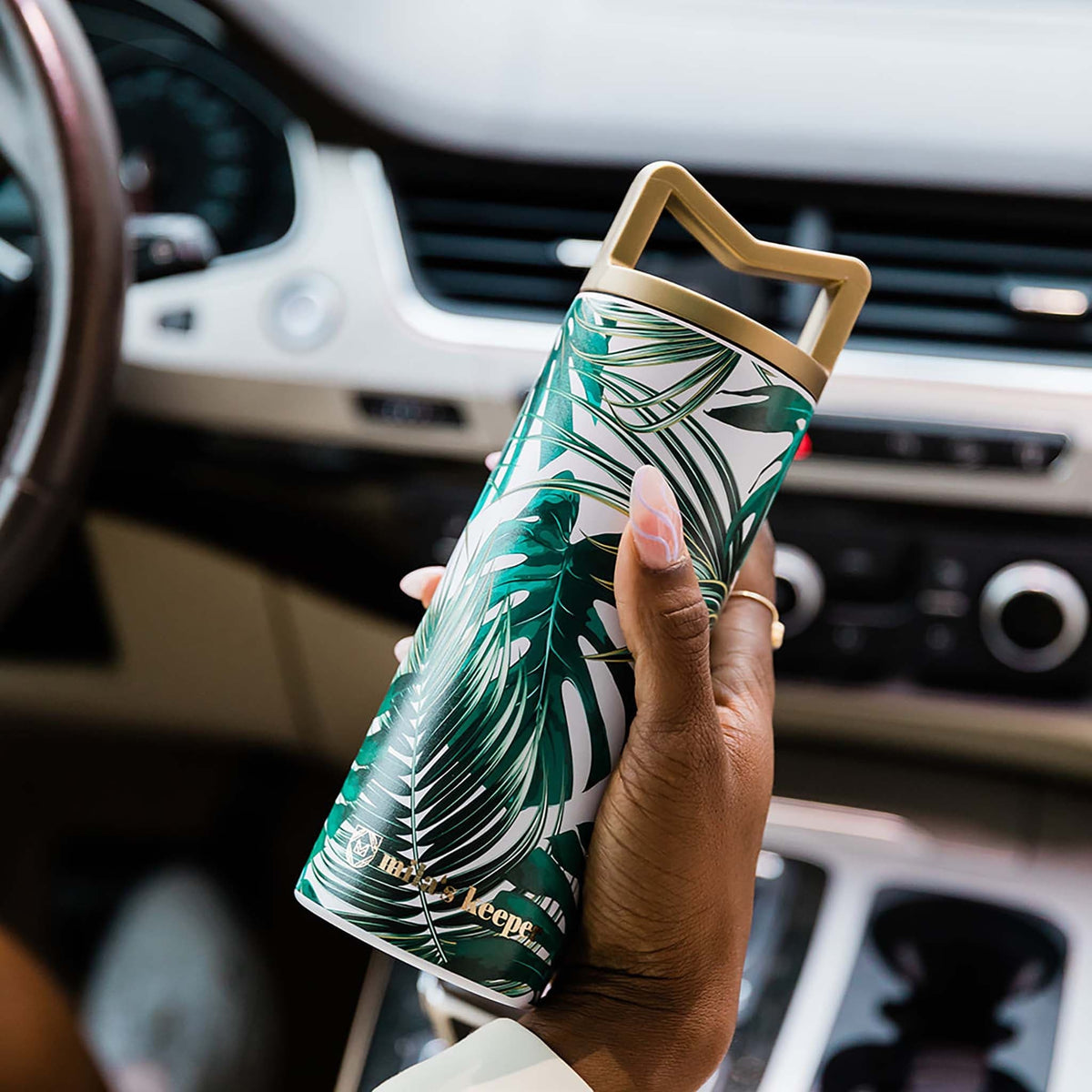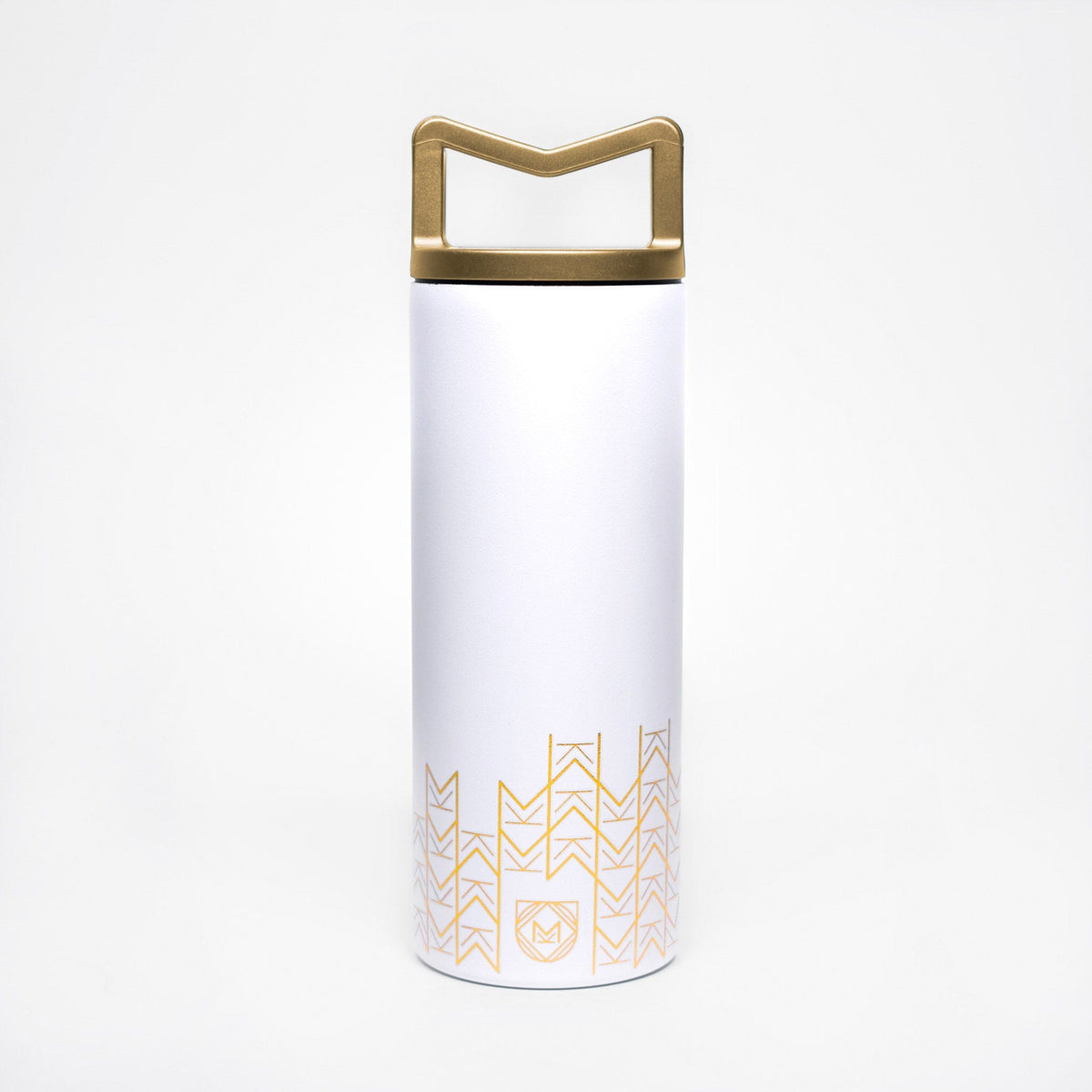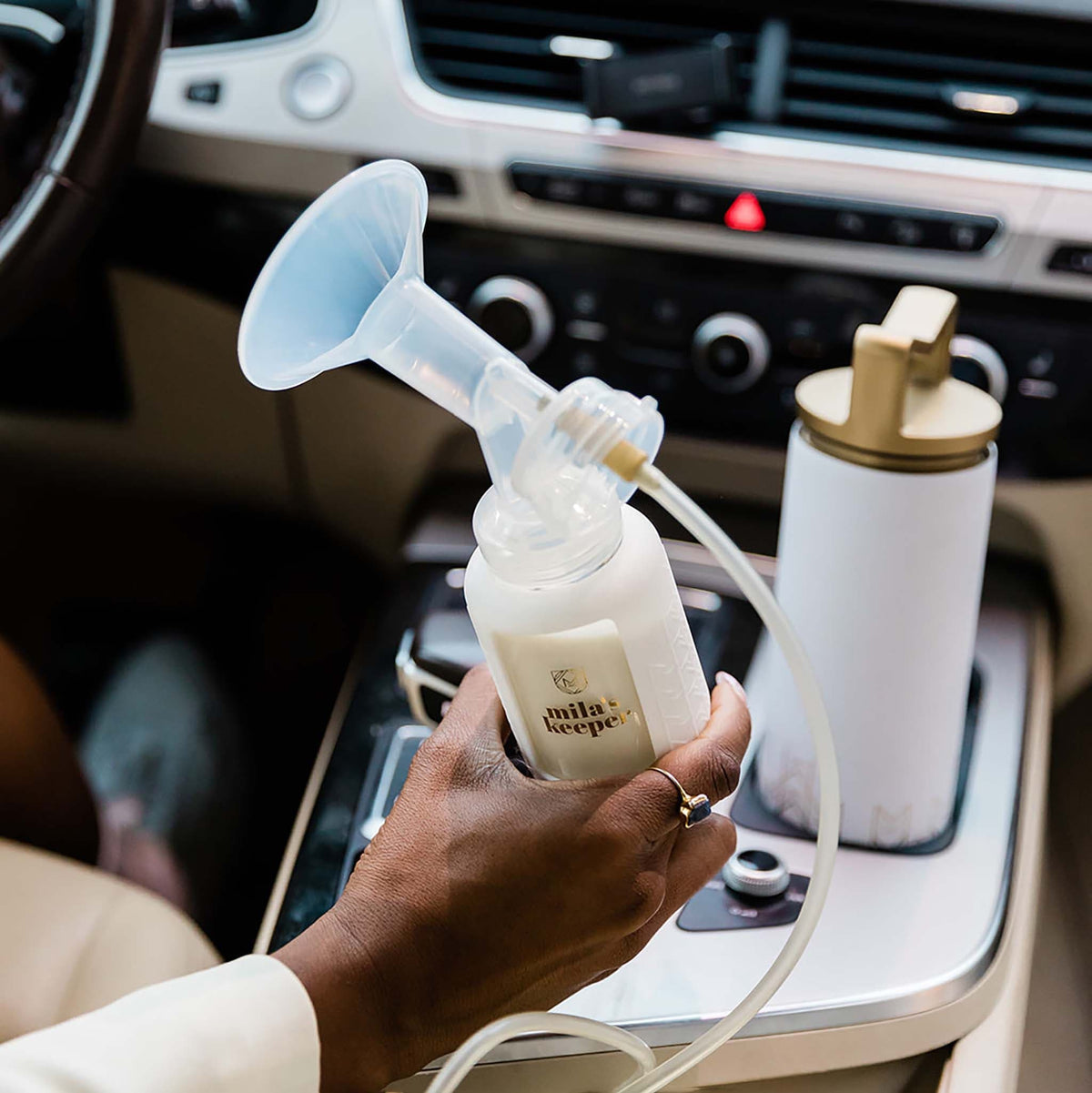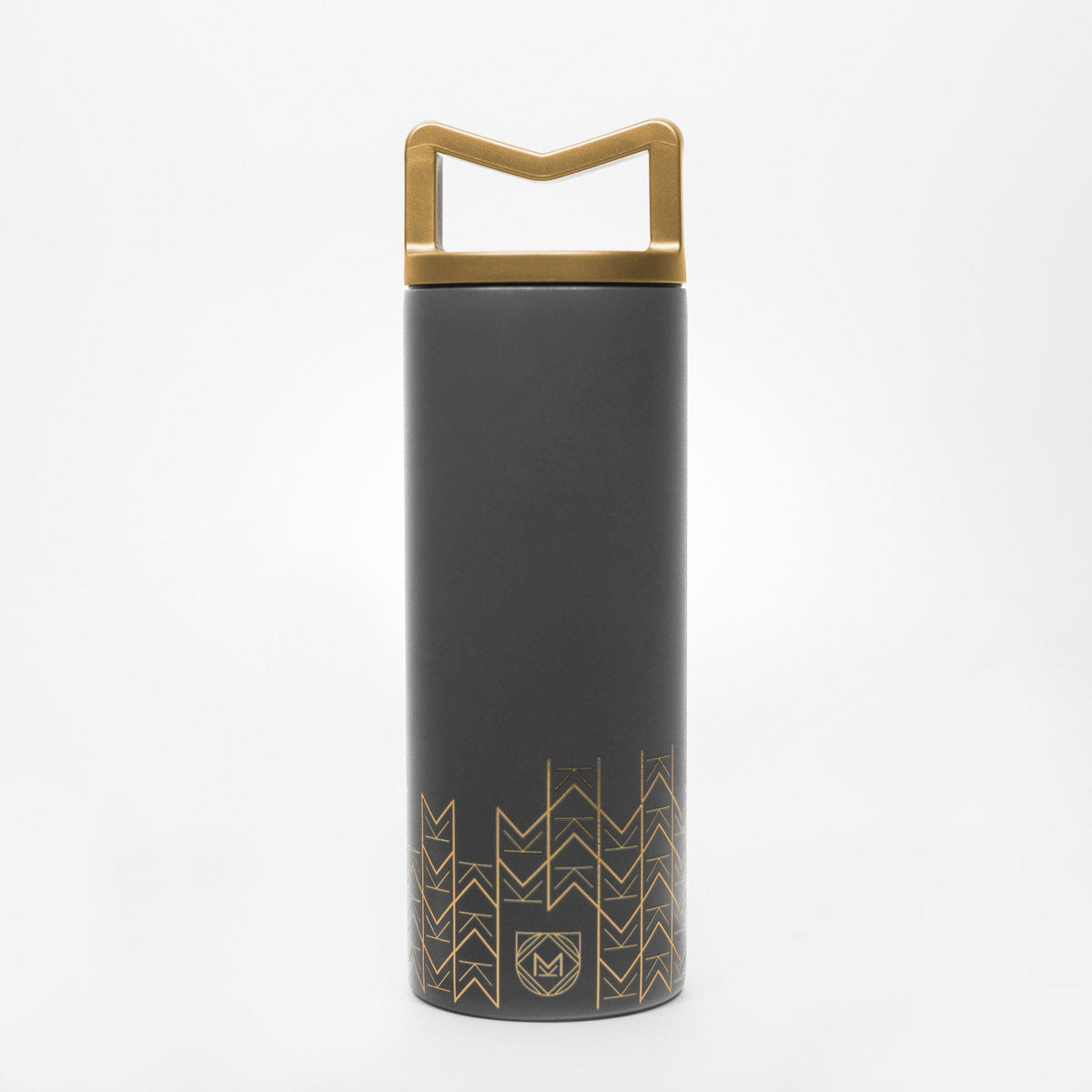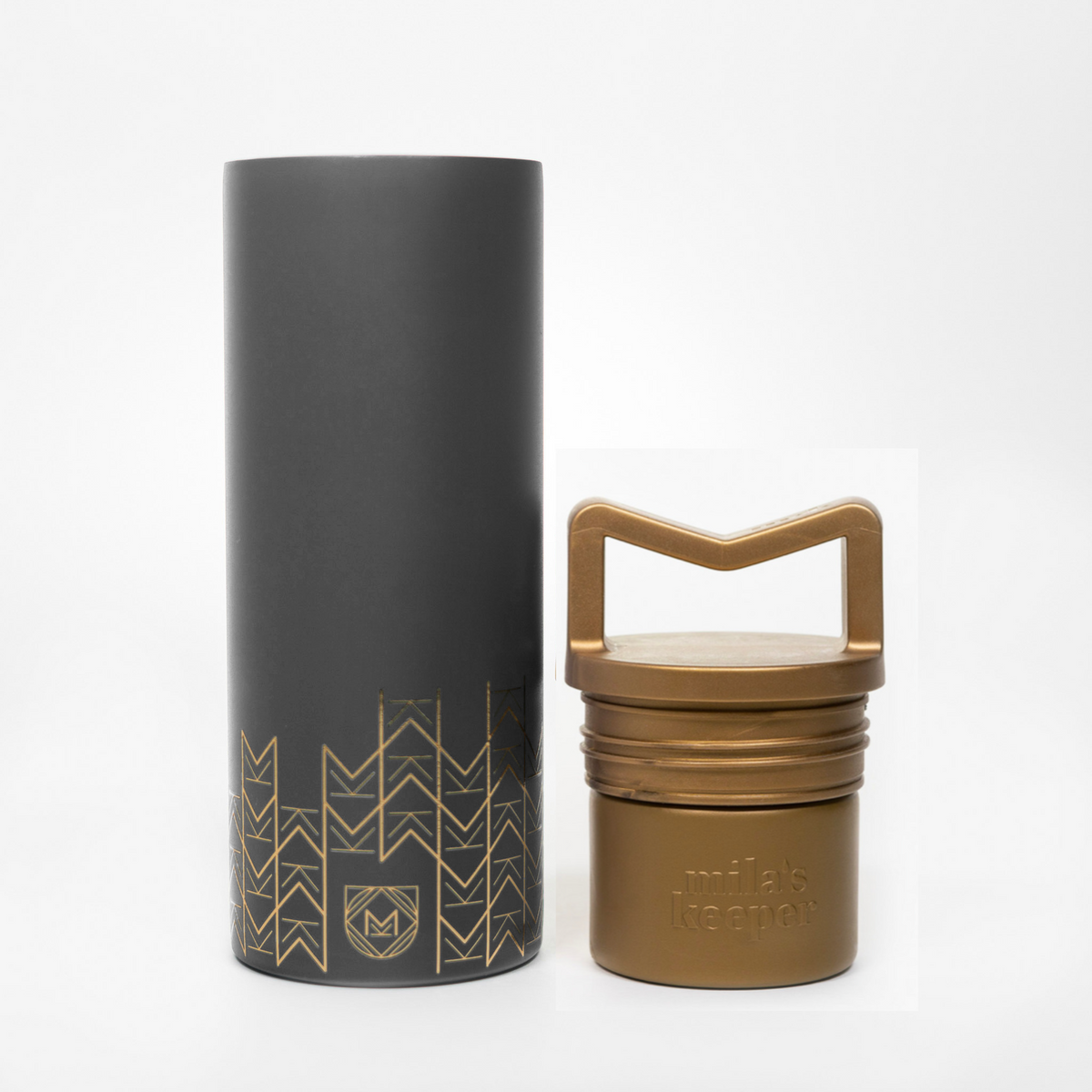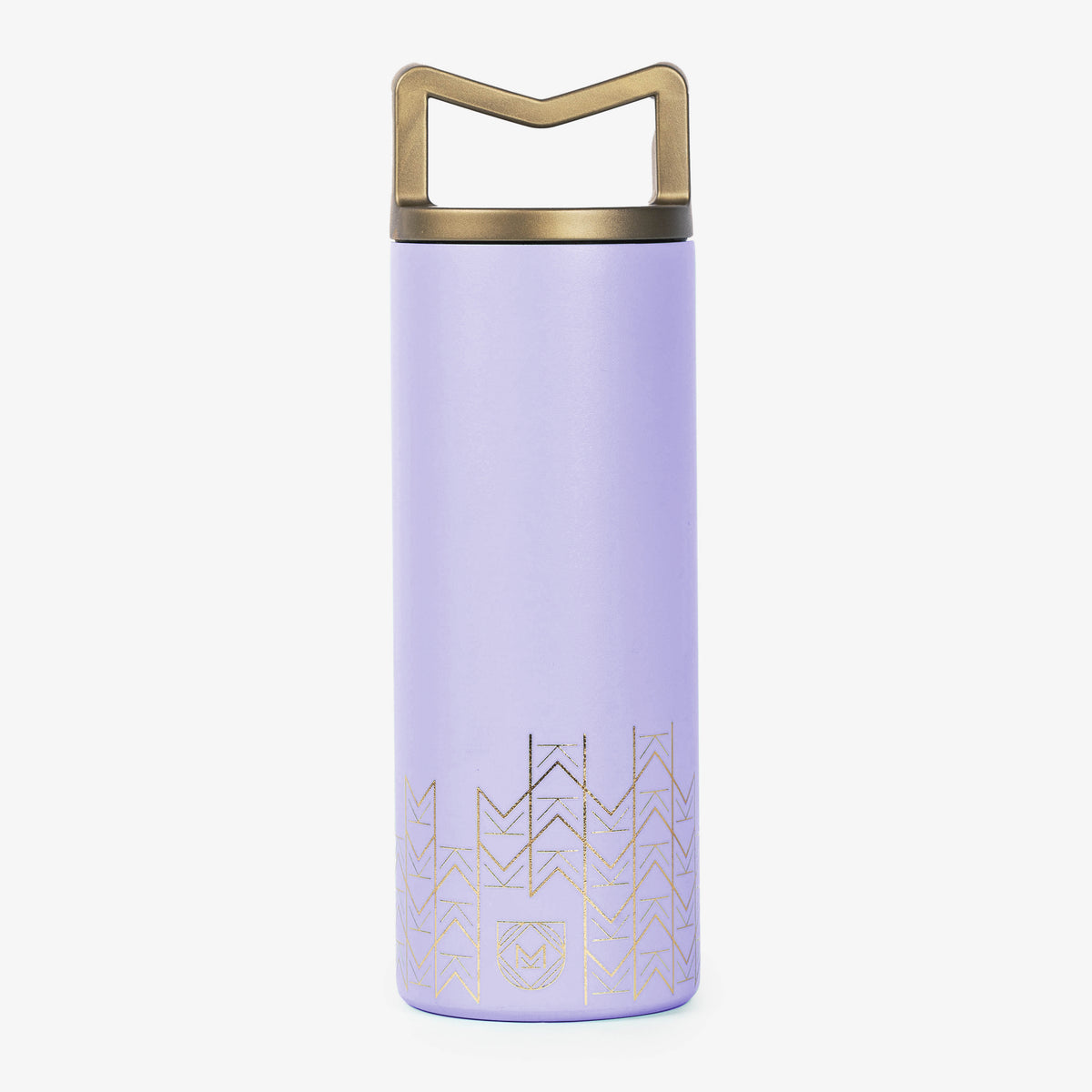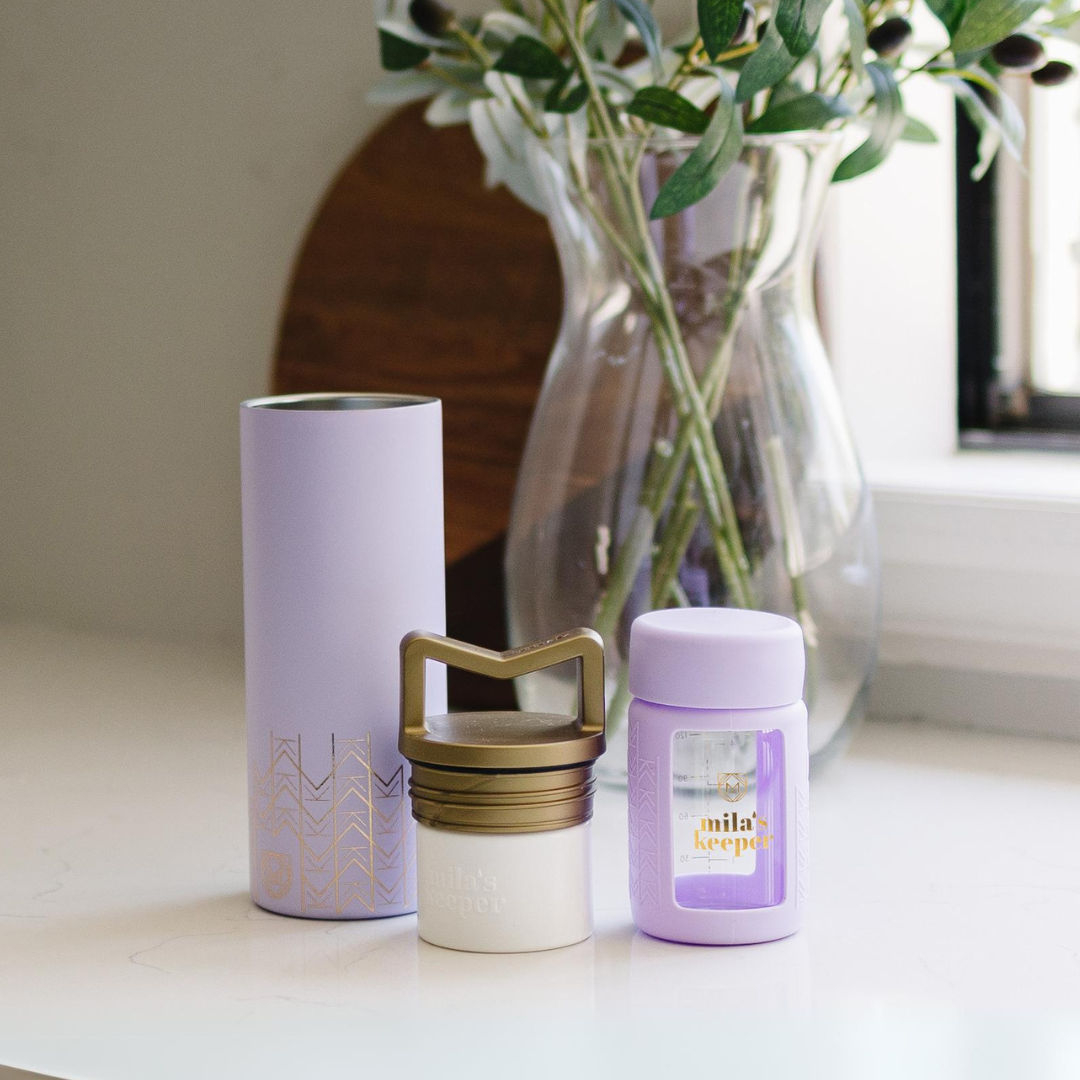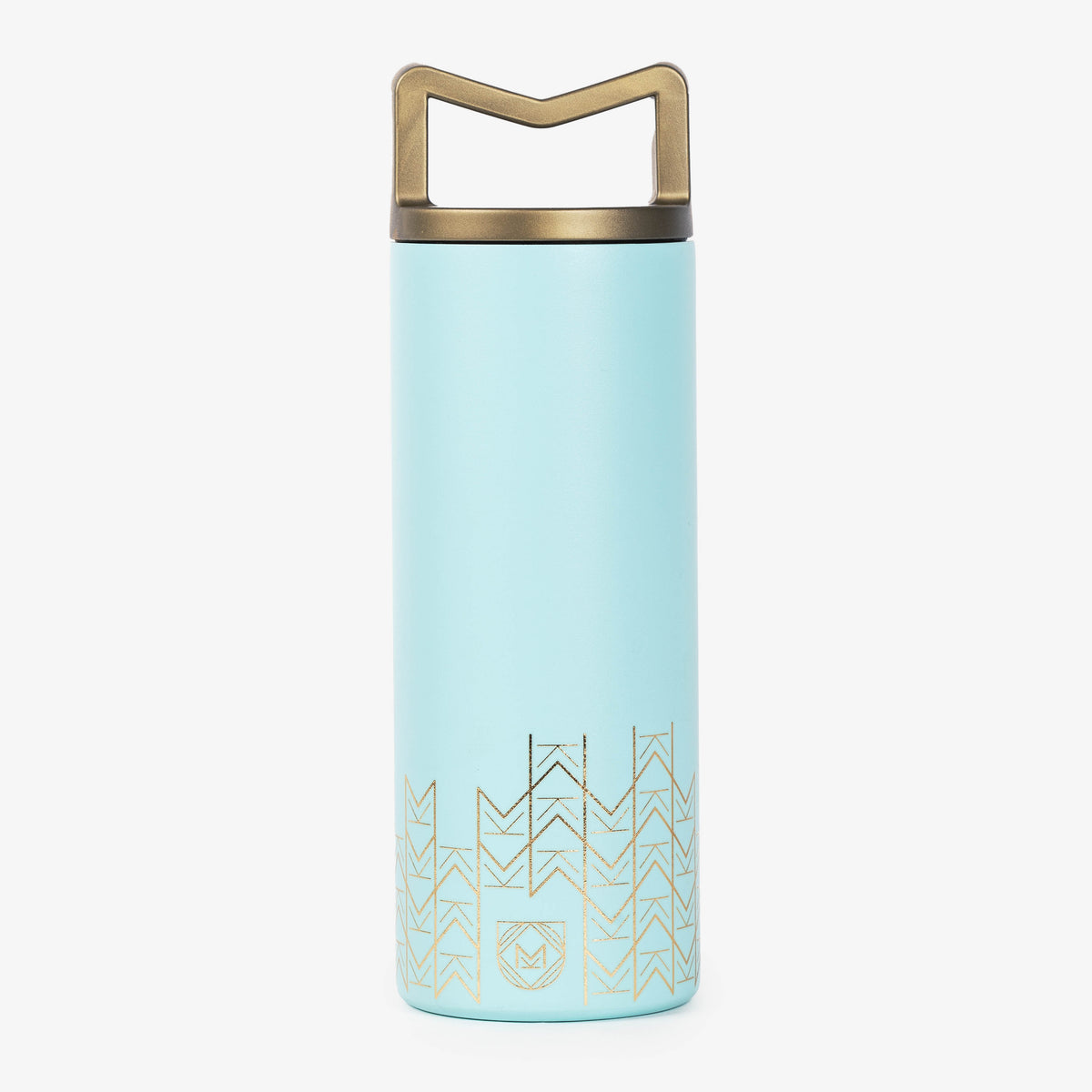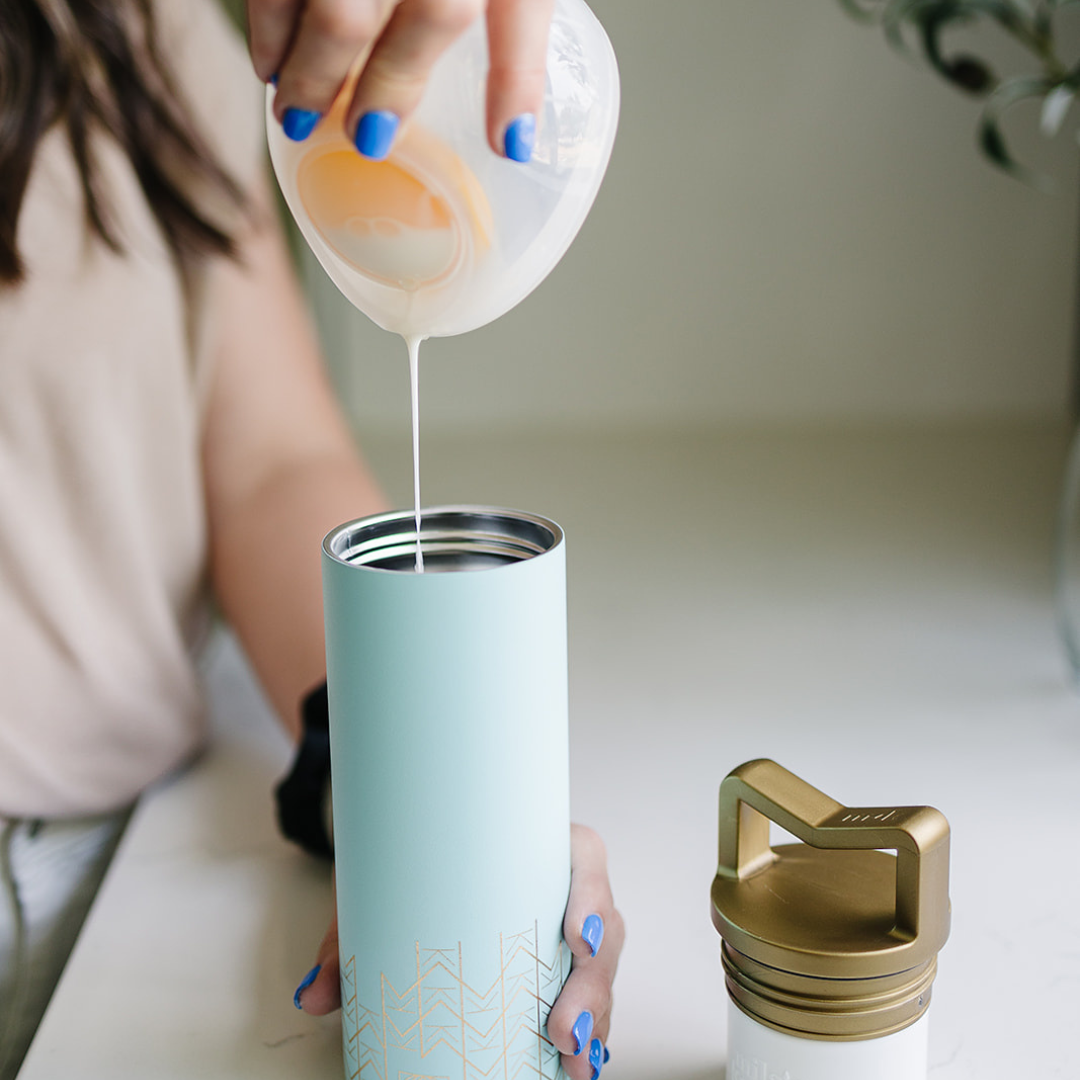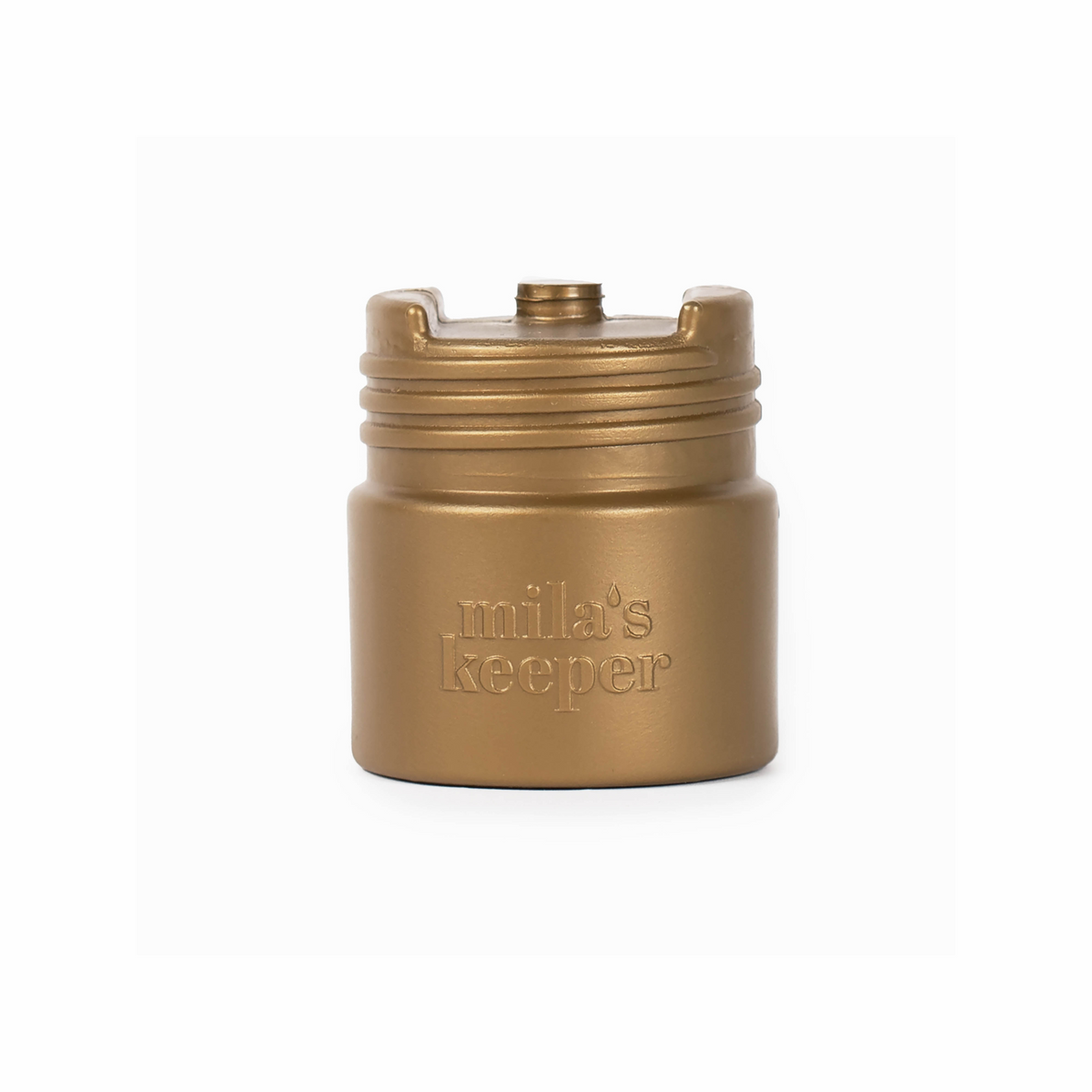We’ve all heard the saying that breast is best, but what happens when try as you might, your milk production just doesn’t meet demand? Many mamas want to try and give what breast milk they can supply, but if it’s not enough to satisfy their little one’s appetite, they’ll need to dip into a can of formula to meet their needs.
For those mamas attempting to give both breast milk and formula, we’ve put together some do’s and don’ts and we’ll go over the best ways to go about it.
Let’s get into it!
Can You Mix Breast Milk with Formula?
Yes! It’s possible to mix breast milk and formula, and it’s something that many mamas choose to do in order to meet the demands of their babies. In fact, The Centers for Disease Control and Prevention reports that approximately one-third of breastfeeding mothers in the United States opt to supplement their breast milk with formula by the time their baby reaches 6 months of age.
It’s important to note that while supplementing with formula can have its benefits, it’s generally recommended to prioritize exclusive breastfeeding for the first six months of life as recommended by organizations like the World Health Organization (WHO) and the American Academy of Pediatrics (AAP). Breast milk provides numerous benefits for both the baby’s and the mother’s health.
That being said, mixing formula with breast milk can be a good way to help supplement a mother’s milk supply if she isn’t able to produce enough milk to meet her baby’s needs. Incorporating formula into a baby’s diet can also potentially extend a woman’s breastfeeding journey.
If a nursing mama isn’t pumping enough breast milk, it can become a very stressful and frustrating situation. Instead of giving up on pumping or breastfeeding altogether, adding formula can ease the frustration and take the pressure off of her to be the sole food source while still including some breast milk in the diet of the baby.
It can also be a useful way for some parents to transition to bottle feeding. If a mother wants to introduce bottle feeding or if she needs to return to work or other commitments that make breastfeeding challenging, using formula with breast milk can ease that transition.
There can also be specific concerns or challenges that lead parents to mix formula with breast milk. For instance, if a mama spends weeks of her maternity leave nursing and pumping to fill up a frozen supply of breast milk, only to lose the supply when the freezer goes out and all the frozen supply is now useless. The nursing mama may need to supplement with formula when she returns to work and until she can build back up a supply.
Mixing formula with breast milk can also just be a convenient thing for some parents to do. It can allow them to have prepared bottles on hand for situations when breastfeeding may not be feasible or when they need to share the feeding responsibilities with other caregivers.
Just keep in mind that while mixing formula with breast milk can be a helpful solution for certain situations, we recommend that you consult with a healthcare professional or a lactation consultant for personalized guidance and support. They can provide advice tailored to your specific needs and help ensure that your baby's nutritional needs are being met. If you're low on breast milk to mix with formula and want to add some freshly expressed breast milk with some previously stored milk, there's not a clear directive for this.
Can You Mix Refrigerated Breast Milk With Fresh Breast Milk?
According to the CDC, breast milk of different temperatures shouldn't be mixed due to the potential for bacterial growth, but it's something plenty of moms do without too much worry.

Benefits of Supplementing with Formula
Breast milk is considered the optimal source of nutrition for infants; that’s something we’ve all heard time and again. It’s rich in essential nutrients and antibodies that promote the baby's growth and immune system development, protecting them against infections and disease, and offers long-term health benefits.
However, there are certain circumstances where the use of formula can be beneficial for both mothers and babies.
Some mamas may struggle to produce enough breast milk to meet their baby's needs, and supplementing with formula ensures that their baby receives an adequate amount of nutrition to support their growth and development. Some women have a hard time coming to terms with not providing enough breast milk, especially if they give birth in an environment that staunchly advocates for breast milk only. Many mamas have shared their stories about struggling to provide their baby with enough breast milk and how the pressure to exclusively breastfeed can contribute to feelings of guilt, anxiety, or inadequacy when they’re unable to meet their breastfeeding goals. Supplementing with formula can ease some of that pressure and reduce maternal stress, promoting better mental well-being.
Breastfeeding can be challenging for some mamas due to various reasons such as latch issues, low milk supply, cracked nipples, or mastitis. It can be physically and emotionally demanding trying to breastfeed through the pain, making breastfeeding a difficult and frustrating experience. Introducing formula can provide temporary relief from these challenges, allowing the mother to heal and regain confidence in her breastfeeding journey. Finding a less stressful option, for both baby and mama, can turn around a fraught situation and make for a happier and more relaxed mama.
It may not even be a long-term solution, it can be a temporary solution to address breastfeeding difficulties, or supplementation due to specific medical conditions. You could introduce formula and use it in combination with breastfeeding until certain issues are resolved, and then return to exclusively breastfeeding when you’re able to.
Supplementing breast milk with formula also offers flexibility for mamas who may want or need to be away from their baby for more extended periods. It also allows other caregivers, such as the baby’s dad or grandparents, to participate in feeding and bonding with the baby. This can be especially helpful for those busy mamas working outside of the home who may have limited time to breastfeed exclusively.
Whether it's returning to work, attending appointments, or simply needing a break, formula feeding can provide the freedom for mamas to engage in activities that support their personal and professional lives without compromising their baby's nutrition.
In some cases, healthcare professionals may recommend supplementing with formula for medical reasons. For example, if a baby has specific nutritional requirements, allergies, or gastrointestinal issues, formula may be recommended as part of a specialized treatment plan.

Safety Considerations When Mixing Formula and Breast Milk
As always, you’ll want to start with clean hands before expressing breast milk or preparing formula to prevent the transfer of any bacteria. So wash your hands thoroughly before handling the bottles, nipples, or any utensils used for mixing. Use clean measuring spoons or scoops to measure formula powder, make sure they’re dry and not contaminated, and avoid touching the inside of bottle caps or nipples if possible.
Breast milk and formula should both be handled and stored separately before mixing. You want to store breast milk in clean, sterilized containers and formula in its original packaging.
Before you begin prepping a bottle for breast milk and formula, you want to ensure that all equipment is thoroughly cleaned and sterilized. This includes bottles, nipples, caps, and any pumping equipment that you’ll be using.
Keep in mind that breast milk and formula have different storage requirements. Breast milk can be stored in a clean container, preferably made of glass like our breast milk storage bottles, and should be refrigerated or frozen based on the recommended guidelines.
Formula, on the other hand, should be prepared according to the manufacturer's instructions and used within a certain timeframe. Make sure to handle and store both breast milk and formula properly to maintain their quality and safety.
Tips for Mixing Breast Milk and Formula in the Same Bottle
Breast milk and formula don’t necessarily need to be mixed in the same bottle. There are a few ways you can add formula to the equation. If you don’t want to mix both in the same bottle, you could start with a portion of breast milk and follow that with a “chaser” of formula. If you know that your baby typically goes through 4 ounces in a feeding, but you don’t have enough breast milk to cover that throughout the day, you could divide your breast milk into bottles (or use the pitcher method) with 2-3 ounces, whatever you can manage, and then after your baby has consumed that bottle, make up the difference with formula. You could use the same bottle you used with the breast milk, or if you don’t want to disrupt the feeding flow, have a bottle of formula with 1-2 ounces ready to go to give the baby after they’ve finished the breast milk bottle.
Another way to do it is to have feedings with bottles of just breast milk and feedings with bottles of just formula. This could be a good option to use if you aren’t sure how much exactly your baby is taking during feedings throughout the day. So you can have bottles prepared with the approximate amount of breast milk they usually take and have the formula more as a backup if all the breast milk has been gone through at the end of the day. This is also a good option for mamas working outside the home without a frozen stash of breast milk. If you’re pumping while at work to supply the next day’s bottles, it might ease your mind to know that if you don’t have enough pumped, the caretaker can reach for a bottle of formula near the end of the day if need be.
Adding formula to breast milk in the same bottle for a feeding is a good option to use if you know that you’re going to be supplementing with formula for the foreseeable future. If your baby is used to breast milk, mixing them in the same bottle will still give them the flavors of breast milk, while getting them used to the new flavor of formula. While you don’t need any special tools or equipment to make a combo bottle, there are certain ways to go about it. If you’re using powdered formula, you don’t want to mix the powder directly into the breast milk. You’ll first want to mix the formula per the directions, shake it up, incorporate the breast milk into the formula bottle, then shake it up again. If you’re using ready-to-feed formula, you just need to mix the desired amount into the bottle with breast milk and shake it up!
Just remember that when combining formula and breast milk, you want to follow the instructions provided by the formula manufacturer before combining it with the breast milk. Breast milk should not be used as a substitute for water when mixing it with formula.

Best Practices for Storing Mixed Milk
One of the arguments for not mixing breast milk and formula in the same bottle is that breast milk and formula can be left out for different amounts of time. If you’re mixing formula with breast milk in the same bottle, you want to be sure that your baby will finish it within an hour. While breast milk can be left out for up to 2 hours at room temperature once a feeding has begun, formula should be discarded within an hour from when a feeding begins to prevent bacterial growth. If you’re just preparing the bottle (baby doesn’t feed off it) then you have a little more time. Breast milk can stay at room temperature for 4 hours, while formula can stay at room temperature within 2 hours of preparation. So if you mix a bottle, it can only be left out for 2 hours. Keep these times in mind when deciding to mix formula and breast milk in the same bottle, because the last thing you want to do is to toss out your expressed breast milk unnecessarily.
If you’re mixing formula with frozen breast milk, thaw the breast milk first by placing it in the refrigerator or using a warm water bath. You don’t want to thaw breast milk at room temperature or in boiling hot water, as this can promote bacterial growth. You also don’t want to use the microwave to heat up frozen breast milk, because the temperature can be too unpredictable.
Once thawed, mix the formula and breast milk according to the recommended ratios. If you’ve mixed formula and previously frozen breast milk, it can stay out at room temperature for 1-2 hours (if unused), or in the refrigerator for up to 24 hours. If you start the baby on it and it goes unfinished, you’ll still need to discard it after an hour, just as with freshly expressed breast milk mixed with formula that goes unfinished.
Breast milk and formula also have different storage requirements. Freshly expressed breast milk can be stored in a clean container in the refrigerator for up to 4 days, or in a freezer for several months. Formula, on the other hand, should be prepared fresh for each feeding but can be stored in the refrigerator for up to 24 hours if it isn’t used and if the baby hasn’t fed off it. This means that if you pre-mix a bottle with both breast milk and formula, you’ll have to discard it after 24 hours if it goes unused, a waste of breast milk that otherwise would have stayed fresh in the refrigerator for 4 days.
If you send your baby to daycare or some other place where they’ll be feeding your baby throughout the day, and you intend to combination feed formula and breast milk, think about which option would be best for that situation. If you’re worried about potential waste, the best way to go about it would probably be to send the formula and breast milk separately. You could instruct the caregiver to combine the milks for feedings, with clear directions, or to give them in separate bottles at separate times. Make sure that the caregiver knows all the proper storage recommendations for the various combinations.
If you’re leaving the house and are preparing a bottle for your outing, you may want to consider mixing the breast milk and formula together for ease of travel. You can use something like our breast milk cooler to keep it at the proper temperature for up to 24 hours.

Safely Store Breast Milk and Formula with Mila’s Keeper!
Here at Mila’s Keeper we think it’s important to empower mamas to make decisions that best suit their individual circumstances and goals. We want to acknowledge and support the option to supplement with formula, so that moms will feel empowered and confident in their ability to provide the best nutrition for their baby. We hope that this recognition promotes a more inclusive and supportive environment for all mothers, regardless of their feeding choices.
Keep Reading related blog: 13 Ways to Support Breastfeeding Moms and Parents
--
A female-designed and female-run company, Mila's Keeper is on a mission to empower women to thrive during their breastfeeding journey by offering reusable, eco-friendly breast milk storage solutions for their day-to-day needs. Get the latest tips and info on Mila's Keeper products by following us on Facebook, Twitter, Instagram, Pinterest, and LinkedIn.

